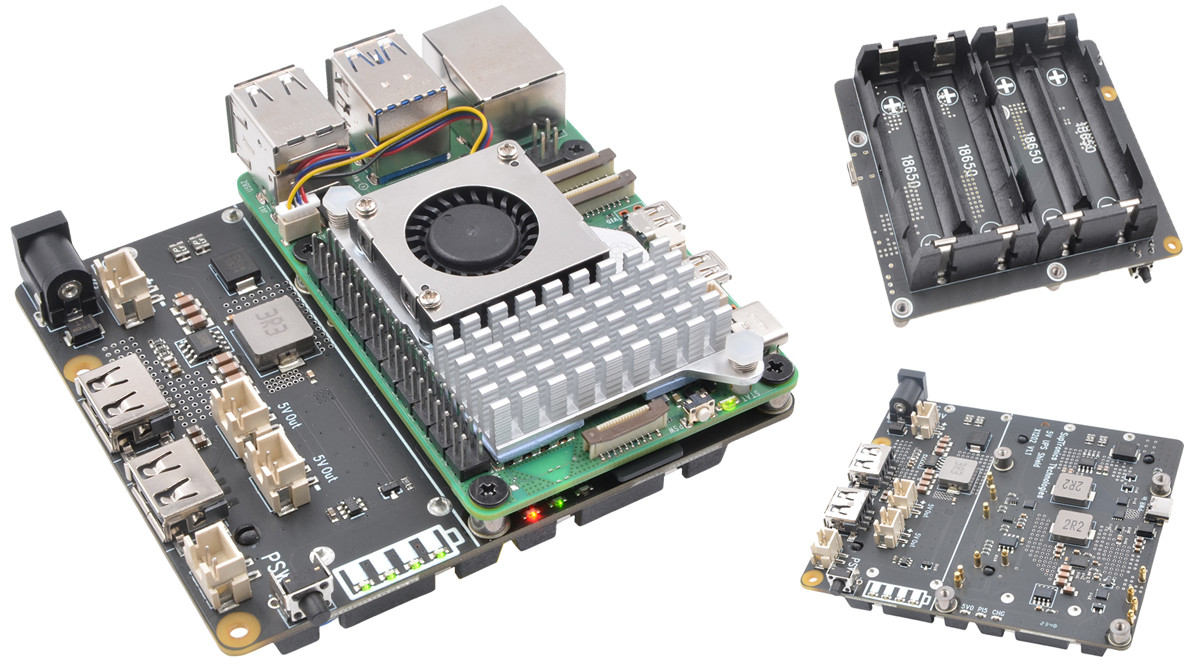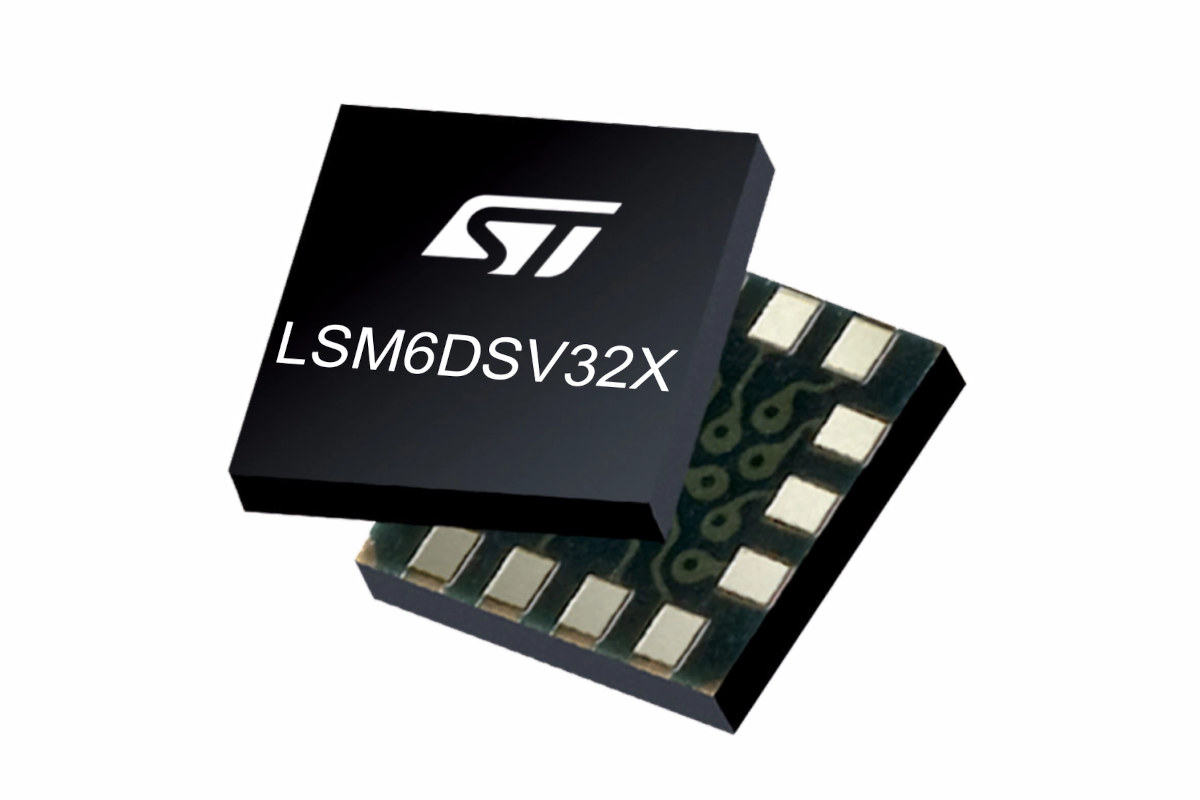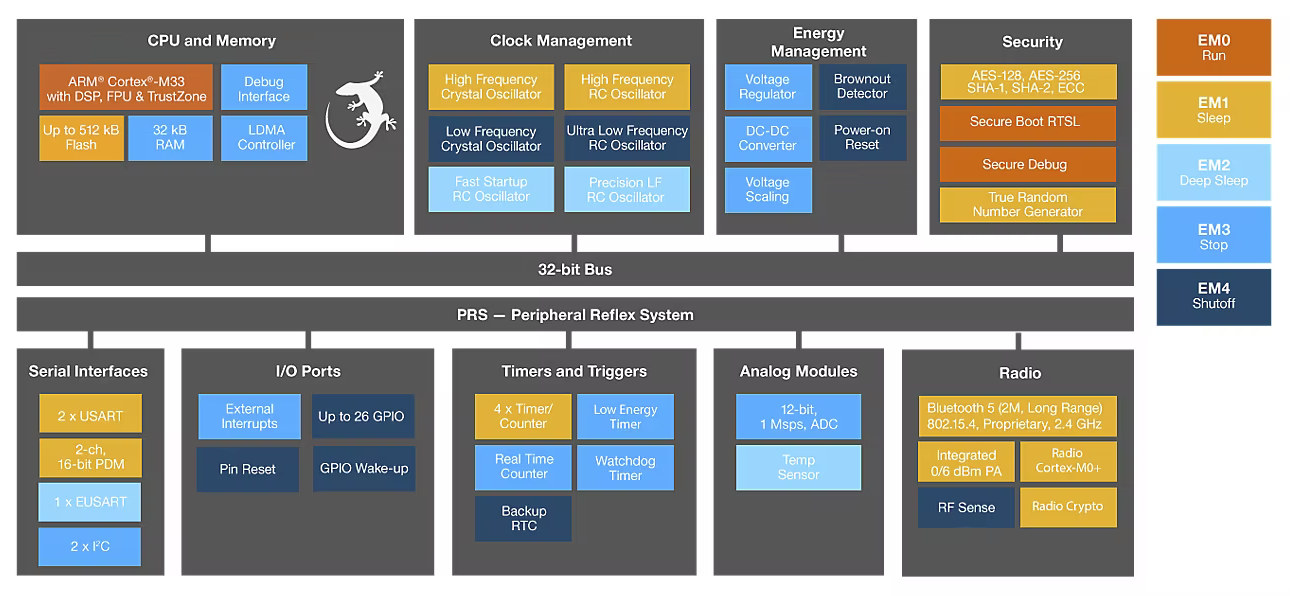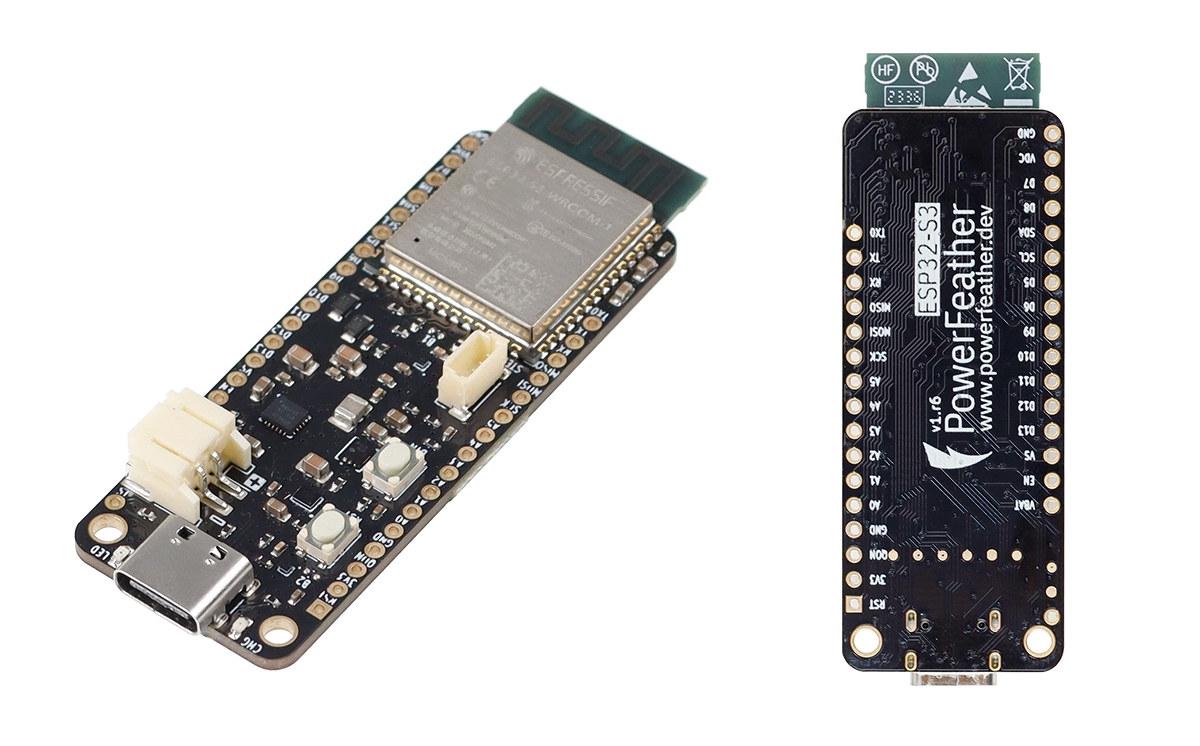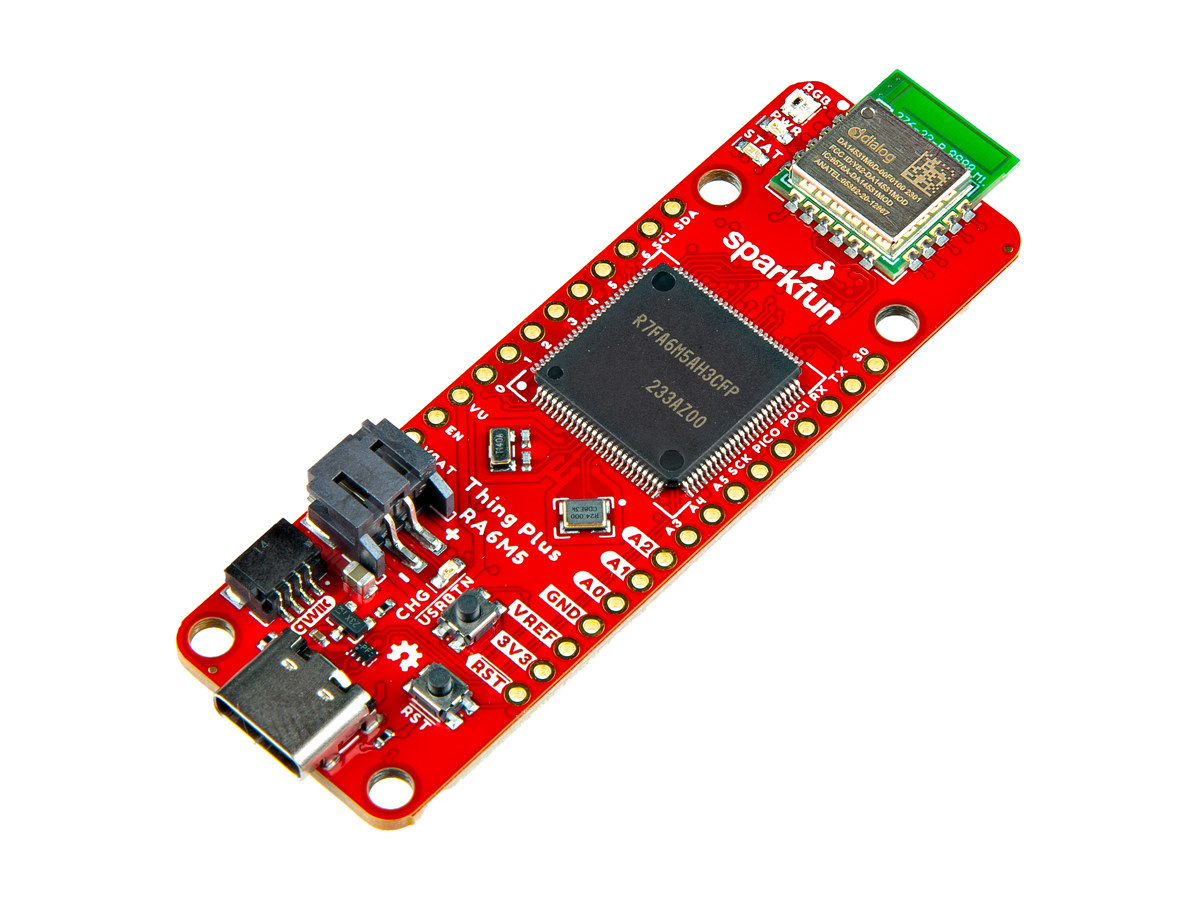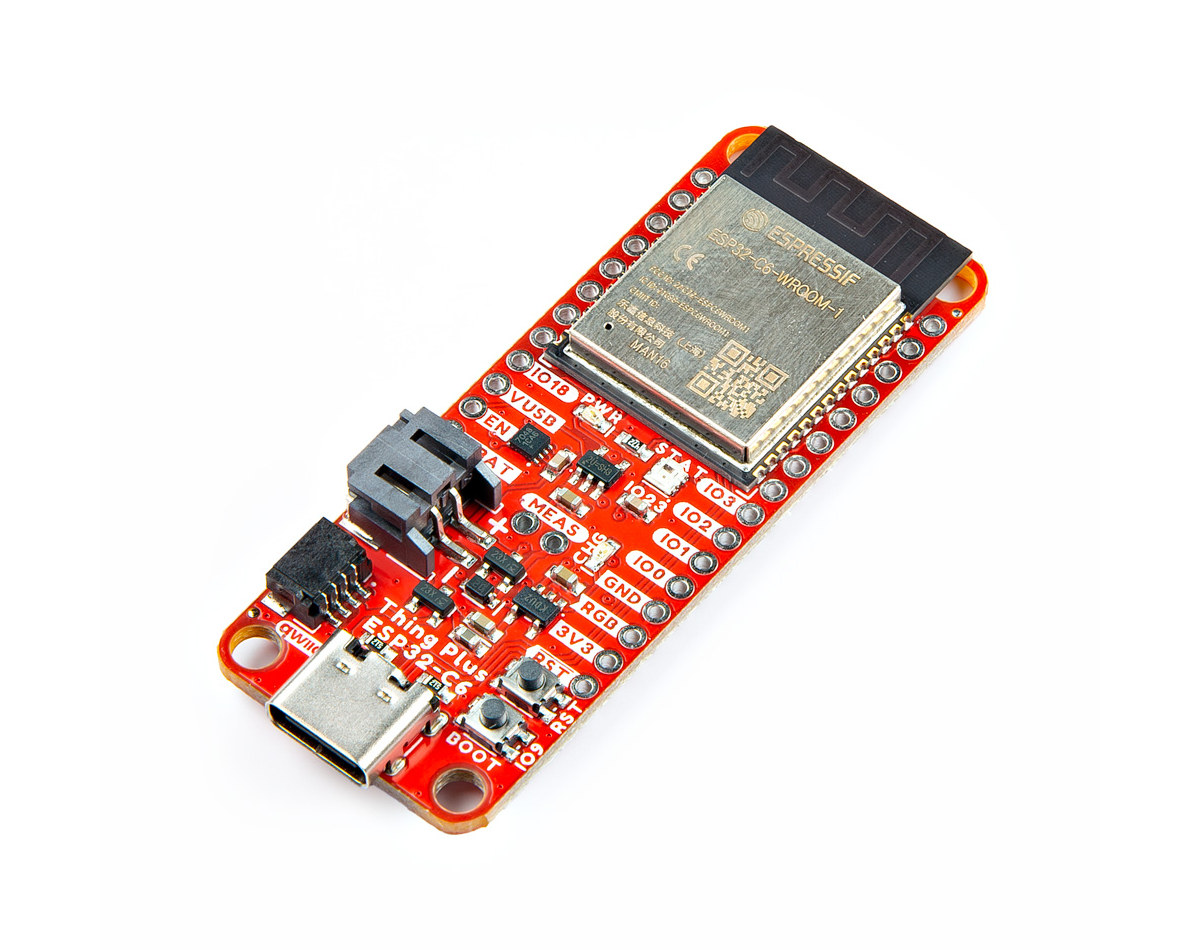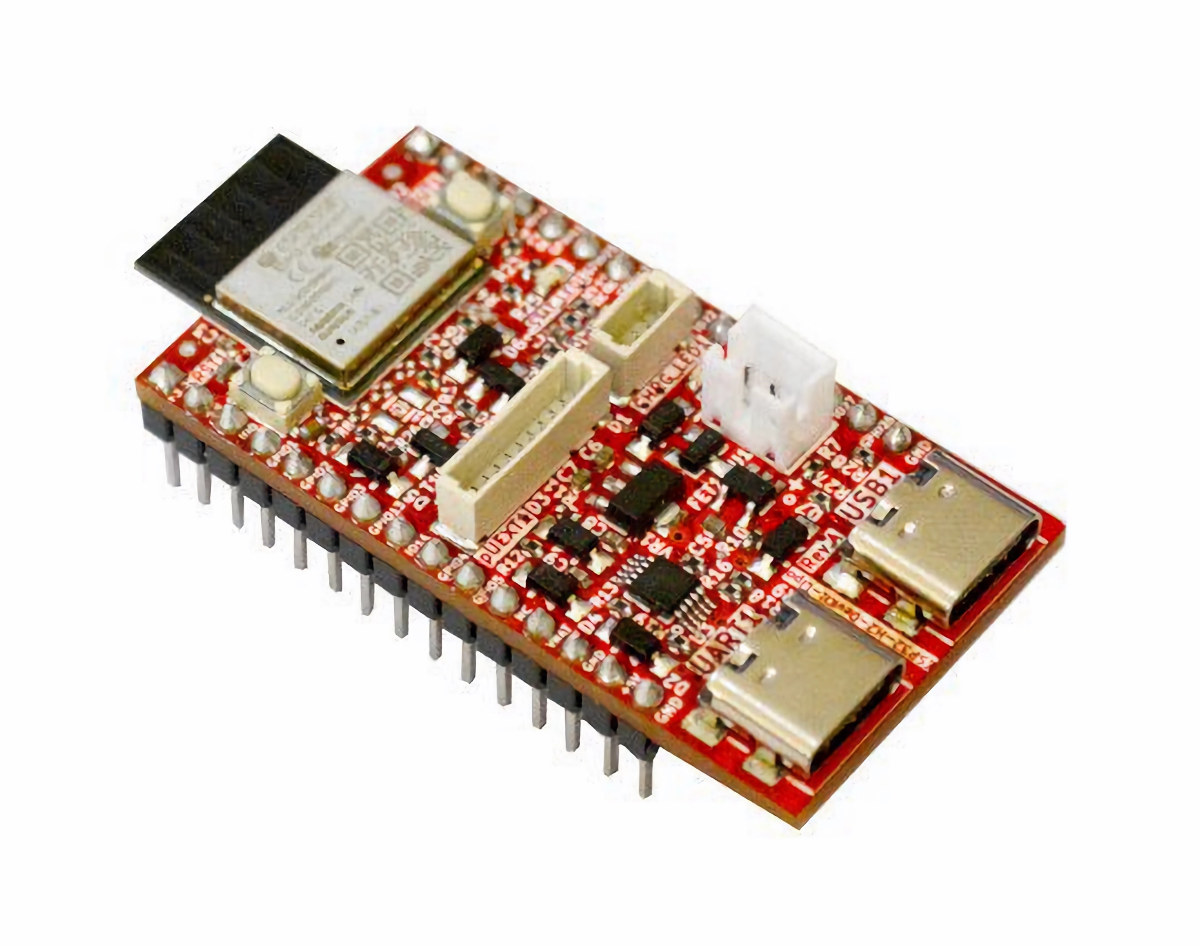For the tinkerers and DIYers out there, keeping a Raspberry Pi project running reliably, day in and day out, especially when the power is out is crucial, and previously Raspberry Pi UPS solutions have been available for years with products like Pascal Herczog’s Red Reactor, PiJuice Zero, PiVoyager, or LiFePO4wered/Pi+ and many others. But the problem with all these old solutions is that they cannot handle the power requirements of the new Raspberry Pi 5, especially when the PCIe is active and other peripherals are attached to it. This is where the SupTronics Raspberry Pi 5 UPS HAT comes in. This new SupTronics X1202 V1.1 UPS Shield includes four 18650 batteries and can deliver 5V with a higher current output of up to 5A, or 25W of power. Additionally, it includes automatic power switching and battery level detection via I2C, an integrated fuel-gauge system, battery protection mechanisms, and fast charging support, making […]
STMicro LSM6DSV32X Edge AI motion sensor aims to extend battery life in wearables, trackers, and activity monitors
STMicro LSM6DSV32X is a new low-power 6-axis inertial module with the company’s machine-learning core (MLC) with AI algorithms based on decision trees, a 3-axis accelerometer with a full-scale range of 32g, and a 4000 degrees-per-second gyroscope designed to measure intensive movements, impacts, and freefall height (estimation). The features of the sensors enable it to lower the power consumption for functions such as gym-activity recognition to under 6µA, while 3D orientation tracking consumes just 30µA when using STMicro’s Sensor Fusion Low-Power (SFLP) algorithm. It will be found in a range of battery-powered devices such as consumer wearables, asset trackers, and impact and fall alarms for workers or the elderly. STMicro LSM6DSV32X specifications: Triple-channel architecture for UI (user interface), EIS, and OIS data processing Data storage – Smart FIFO up to 4.5 KB Sensors Accelerometer – ±4/±8/±16/±32 g full scale Gyroscope – ±125/±250/±500/±1000/±2000/±4000 dps full scale Embedded temperature sensor Host interfaces SPI, […]
Silicon Labs BG22E, MG22E, FG22E wireless MCUs target energy harvesting, battery-free IoT devices
Silicon Labs xG22E is a family of wireless SoCs consisting of the BG22E, MG22E, and FG22E and designed to operate within an ultra-low power envelope required for battery-free, energy harvesting applications such as electronic shelf labels, Smart Home sensors, remote controls, and so on. Like the just-announced Silicon Labs MG26, BG26, and PG26, the new xG22E family features a Cortex-M33 core clocked up to 76.8MHz. As an evolution of the low-power BG22, the BG22E offers Bluetooth 5.4 LE connectivity with “Energy Conservation” to further enhance battery longevity and even support designs that eliminate the need for batteries. The MG22E is similar but embeds an 802.15.4 radio for Zigbee connectivity, and the FG22E provides a 2.4GHz proprietary plus the Cortex-M33 is clocked up to 38.4MHz. Silicon Labs BG22E, MG22E, FG22E specifications: MCU – Arm Cortex-M33 @ 76.8 MHz with DSP and FPU (38.4 MHz for FG22E) Memory – Up to 32 […]
ESP32-S3 PowerFeather board supports up to 18V DC for solar panel input
The ESP32-S3 PowerFeather board is an Adafruit Feather-shaped ESP32-S3 WiFi and BLE IoT board that can be powered by a Li-Ion or LiPo battery and supports up to 18V DC input for direct connection to a solar panel. The developer told CNX Software that the main differentiating factor from other ESP32-S3 development boards was “its extensive power management and monitoring features” with a wide DC input range, supply and battery monitoring, and battery protection features. ESP32-S3 PowerFeather specifications: ESP32-S3-WROOM-1-N8R2 MCU – ESP32-S3 dual-core Tensilica LX7 up to 240 MHz with 512KB SRAM, 16 KB RTC SRAM Memory – 2MB QSPI PSRAM Storage – 8MB QSPI flash Wireless – WiFi 4 and Bluetooth 5 LE + Mesh; PCB antenna USB – 1x USB-C 1.1 OTG port for power and programming Expansion 2x 16-pin 2.54 mm pitch headers with 23x multi-function GPIO: UART, I2C, SPI, I2S, SDIO, PWM, CAN, RMT, Camera, LCD […]
SparkFun Thing Plus – RA6M5 board supports Bluetooth 5.1 LE through Renesas DA14531MOD module
SparkFun Thing Plus – RA6M5 is a small MCU board based on a 200 MHz Renesas RA6M5 Cortex-M33 microcontroller and a Renesas DA14531MOD Bluetooth 5.1 LE module that follows Adafruit Feather/Sparkfun Thing Plus form factor. The module can transmit data over BLE with just 4mA (at 3.3V) power consumption and the company claims the board to be powered by a coin-cell battery. A LiPo battery can also be connected to the board through a 2-pin JST battery connector, and the Things Plus – RA6M5 board also features a single-cell charger and LiPo fuel gauge. Sparkfun Thing Plus – RA6M5 specifications: Microcontroller – Renesas R7FA6M5AH3CFP Core – Arm Cortex-M33 microcontroller @ up to 200 MHz Memory – 512KB SRAM Storage – 2MB Flash Security – Arm TrustZone, and Secure Crypto Engine 9 Wireless – Renesas DA14531MOD module for Bluetooth 5.1 LE connectivity with support for CodeLess AT command Datapump Radio Transmit […]
SparkFun Thing Plus – ESP32-C6 board comes with 16MB flash, LiPo battery support
SparkFun has launched yet another ESP32-C6 board with the “Thing Plus – ESP32-C6” based on the ESP32-C6-WROOM-1-N16 module with 16MB flash and a PCB antenna and range of I/Os and power options. The board features 28 through holes with up to 23 multi-function GPIOs and a Qwicc connector for expansion, and supports 5V or LiPo battery power through respectively a USB-C port a 2-pin JST connector combined with a charging chip, and a fuel gauge. SparkFun Thing Plus – ESP32-C6 specifications: Wireless module – ESP32-C6-WROOM-1-N16 MCU – ESP32-C6 32-bit single-core RISC-V microcontroller with 2.4 GHz WiFI 6, Bluetooth 5 LE, and 802.15.4 radio (Zigbee and Thread); Matter-compatible Storage – 16 MB flash PCB Antenna Storage – MicroSD card slot USB – 1x USB Type-C port for power and programming Expansion 12-pin + 16-pin headers with 23x multifunctional GPIOs Up to 7x 12-bit ADC channels Up to 2x UART channels (with […]
8 Euros ESP32-H2-DevKit-LiPo is an open-source hardware Bluetooth 5 LE and 802.15.4 (Zigbee/Thread/Matter) board
Olimex ESP32-H2-DevKit-LiPo is an open-source hardware board based on ESP32-H2-MINI-1-N4 wireless module with Bluetooth 5 Low Energy (LE) and an 802.15.4 radio for Zigbee, Thread, and Matter connectivity, and that can be powered by a LiPo battery. The ESP32-H2 RISC-V microcontroller is coupled with 4MB flash in the wireless module, and the board comes with two rows of 15 pins for up to 19 GPIOs with alternate functions such as ADC, SPI, UART, I2C, etc… plus pUEXT and Qwiic/Stemma connectors for expansion modules. The board also features two USB-C ports, one for connected directly to the ESP32-H2 and the other for USB to UART programming/debugging. ESP32-H2-DevKit-LiPo specifications: Wireless module – ESP32-H2-MINI-1-N4 MCU – Espressif Systems ESP32-H2 32-bit RISC-V microcontroller at up to 96 MHz with 320 KB SRAM, 128 KB ROM, 4 KB LP memory, Bluetooth 5.2 LE/Mesh and 802.15.4 (Zigbee/Thread/Matter) radios. Storage – 4MB flash storage PCB antenna Dimensions […]
Betavolt BV100 3V nuclear battery aims to deliver 100 microwatts for over 50 years
Btavolt BV100 is a nuclear battery that never needs to be charged and designed to output 3V/100µW (microwatts) for over 50 years for the aerospace industry, AI equipment, medical devices, MEMS systems, advanced sensors, small drones, and micro-robots. At 15x15x5mm, the 50-year nuclear battery is fairly small although 100 microwatts is not a lot of power… That’s only the first step, however, as the Chinese company plans to launch a 1W nuclear battery, and says that if (government) policies allow, nuclear batteries should eventually enable smartphones that never need to be charged and forever fly drones… How does that all work? First, as Betavolt states in its press release (in Chinese), it’s not exactly new technical as in the 1960’s, the US and the USSR used betavoltaic batteries for the space programs. But those were relatively large and heavy, operated at high temperatures, and were expensive. Wikipedia mentions that one […]


